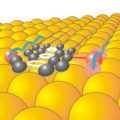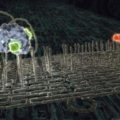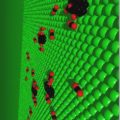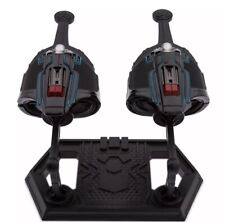
Compared to the specialized chemistry that powers the muscles and cellular motors of the human body, the micro-machines built by scientists today look pretty crude. But that may be about to change thanks to a new theory outlining how molecular machines can be driven individually (using only one molecule) by applying an electric current that creates an internal energy source. While the work is only theoretical at this stage, the concept, published in Physical Review Letters, could speed the development of molecular sized machinery.
The researchers, two Northwestern University chemists, said the downside of conventional molecular machines are that they are driven as an ensemble, usually by external light or chemistry, and are made up of many molecules. The complexity and size factors make these machines difficult to control. “People envision using molecular machines for computing techniques, sensors, bioengineering and solar cells,” said Tamar Seideman, who led the research effort. “Molecular machines have unique functions and properties that are different from macroscopic machines, not only and not primarily because they are of the nanoscale. Rather, they use truly molecular features such as their energy level structure, their dynamics and their response to external stimuli.”
Interestingly, because the conductivity of the molecular junction depends on the location of the buckyball between the electrodes, the current oscillates with time at the frequency of the buckyball oscillations. The oscillating current translates into an electromagnetic field, making the tiny motor a nanoscale radiation field generator- something the researchers believe had not been envisaged before.
Seideman said a practical demonstration of such a molecular motor should not be too far away. “We are encouraged by the rapid progress of experimental methods of making little molecular junctions of this type,” he concluded.


















Comments are closed.